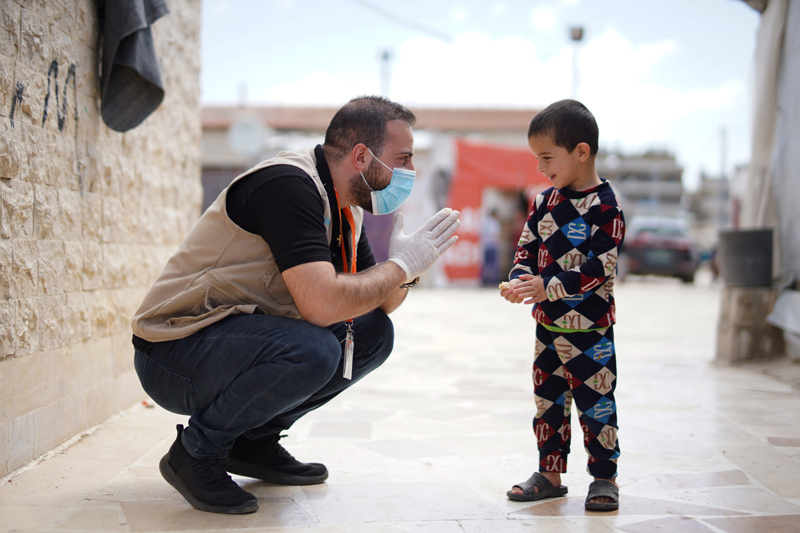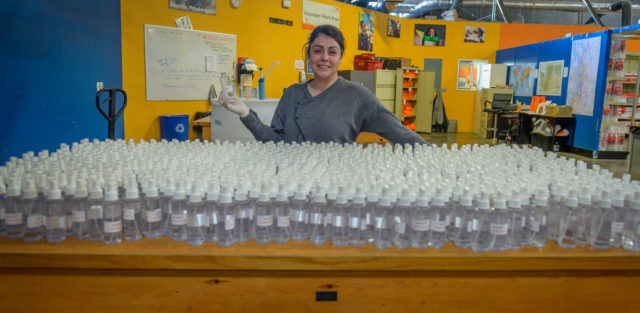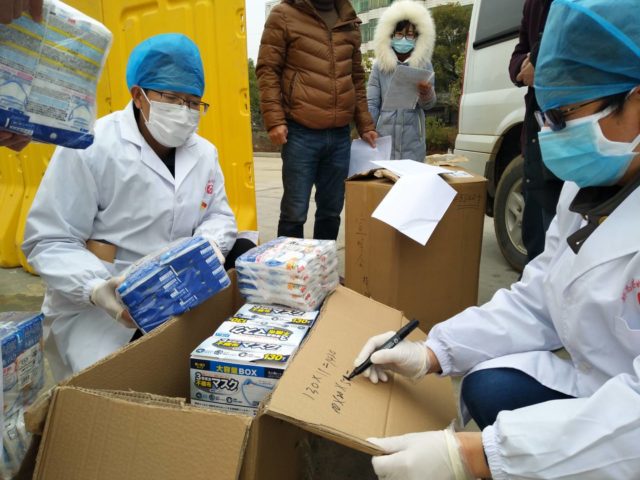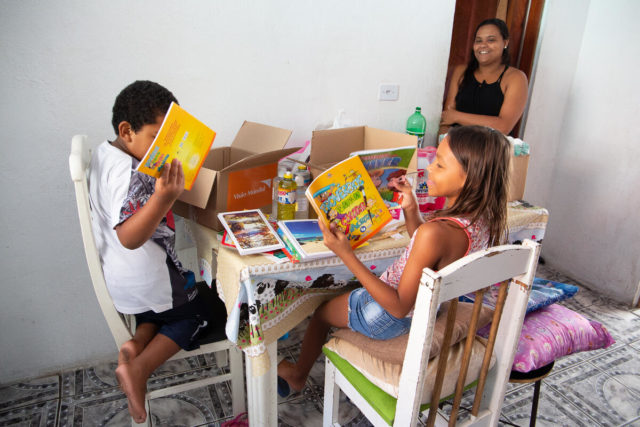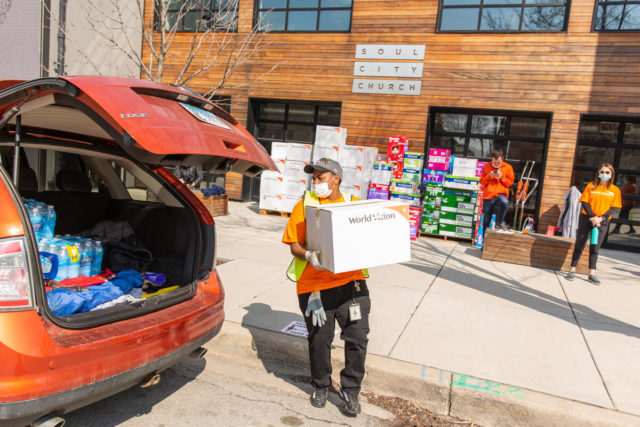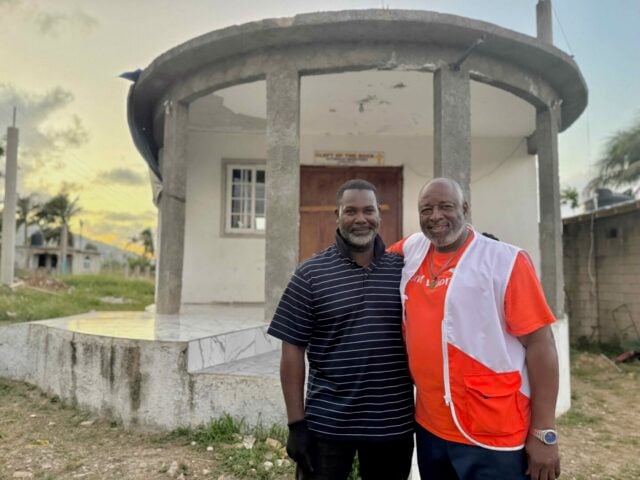As the famous Times Square ball dropped to ring in 2020, the year started in the usual fashion. Fireworks sparkled over the skylines of major cities around the world. Resolutions filled our minds and social media feeds. Hopes collectively burst anew for the 366 days in the leap year ahead. But as confetti fell to the ground and resolutions began to fade, a silent threat was manifesting itself — a new coronavirus had emerged in China, causing a disease that would become known as COVID-19. By the end of January, the virus had shut down much of Wuhan province in China and made its way to the United States. Despite what was happening across the Pacific, it still felt like something that would quickly pass. It surely wouldn’t affect America the same way. Certainly, it wouldn’t bring us to our knees.
By early March, though, our world had come to a screeching halt as government leaders issued shelter-in-place directives. Parents became teachers as schools closed. Pastors became internet evangelists as churches shifted to virtual services. Businesses closed their doors, unemployment soared, and stock markets plummeted. Professional and college sports teams ceased to compete, and our cheers that long lauded our athletes shifted toward healthcare workers as they became the exhausted heroes carrying us through a pandemic.
But amid the crisis, the sun of hope began to arise, pushing some of our fears and anxieties into the shadows. The internet shared bursts of creativity, humor, and love. Sidewalk chalk art flourished, and posters and stuffed animals appeared in windows, providing messages of encouragement and hope. Neighbors, family members, and friends now check in on each other regularly. Volunteers sew masks to help with the short supply. A sense of “we’re all in this together” permeates the new reality of our lives. In a sense, each of us is living as a survivor and a responder.
From the moment the pandemic was declared, World Vision has been doing what it’s done for seven decades — working to serve and protect kids and families in need in the name of Jesus. The difference? For the first time, our 37,000 staff are simultaneously responding to and affected by the same crisis. Through our first truly global response, we are leveraging our worldwide reach and relationships like never before — pouring our collective experience, expertise, and dedication into protecting the most vulnerable children and communities. Our goal is to reach 72 million people, including 36 million children, in over 70 countries.
Thanks to the foundations of our work — God’s continual grace and wisdom, child sponsorship, and the faithful support of people like you — we are urgently responding to the new coronavirus in four critical ways: scaling up preventive measures to slow the spread, strengthening healthcare systems and workers, supporting children impacted by the effects of the pandemic, and collaborating and advocating with partners to ensure that vulnerable children get the care they need. We know this crisis is a marathon, not a sprint. Powered by our faithful donors, we can help protect the most vulnerable from its worst effects and shine the beacon of God’s love to a hurting world.
